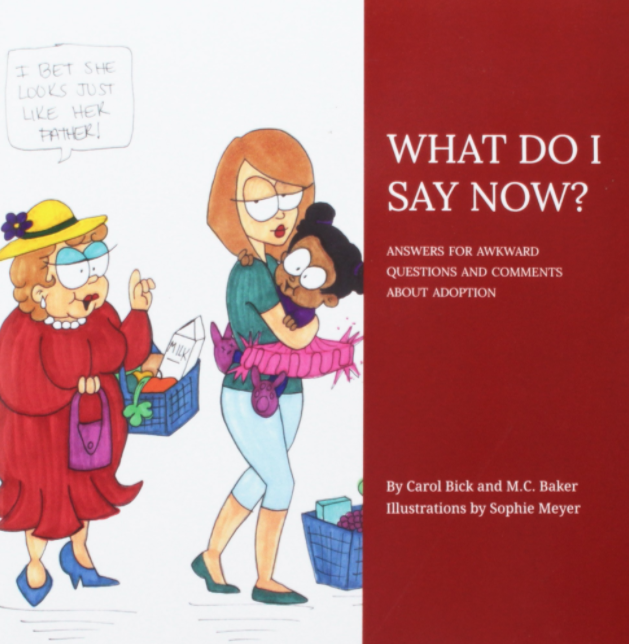Your poor baby is crying, drooling, feverish… in short, she is miserable! When I was a baby, the grandmothers used to say rub a little wine or brandy on her gums to dull the pain and help her sleep. They meant well, but I think we know better nowadays! How do we know whether our baby’s discomfort is due to teething, or if their symptoms are due to something else such as a virus? What are the safest and most effective ways to comfort our cranky babies?
The first teeth usually start to show up between 5 to 7 months of age, but every baby is different. Danelle Fisher, MD, chair of pediatrics at Providence Saint John’s Health Center in Santa Monica, Ca., explains that symptoms such as low-grade fever, diaper rash, fussiness and slight loss of appetite may be a sign of teething, but if any of your baby’s symptoms are not mild or last longer than 24 hours, you should consult your doctor, as it could indicate something more serious. WebMD notes that recent studies found that while teething may make babies cranky, it does not typically cause fever or serious digestion problems.
How do you relieve baby’s pain safely and effectively? My brother-in-law, a pediatric dentist, once told me that teething is like spending the day with a terrible headache. Use caution picking up a teething ring from the drug store. Many teethers, even those labeled BPA-free, or “non-toxic” have been found to contain levels of toxins, chemicals and endocrine disrupters. Jonas Sickler, from ConsumerSafety.org, says, “Since teething products are regulated by the CPSC (Consumer Product Safety Commission), they don’t have the same chemical limits that the FDA requires for food and drugs. If you are unsure about a product, check with your pediatrician when choosing a pacifier or teether.
So what are the safest, most effective ways to relieve baby’s pain from teething? Experts from the Mayo Clinic suggest offering baby a cool, clean washcloth to chew on (partially wet the cloth and put in fridge or freezer until cold), a clean finger and gentle pressure may help as well. Keep babies skin dry to avoid irritation from excessive drool. If your doctor says it is ok, baby Tylenol can provide needed relief.























